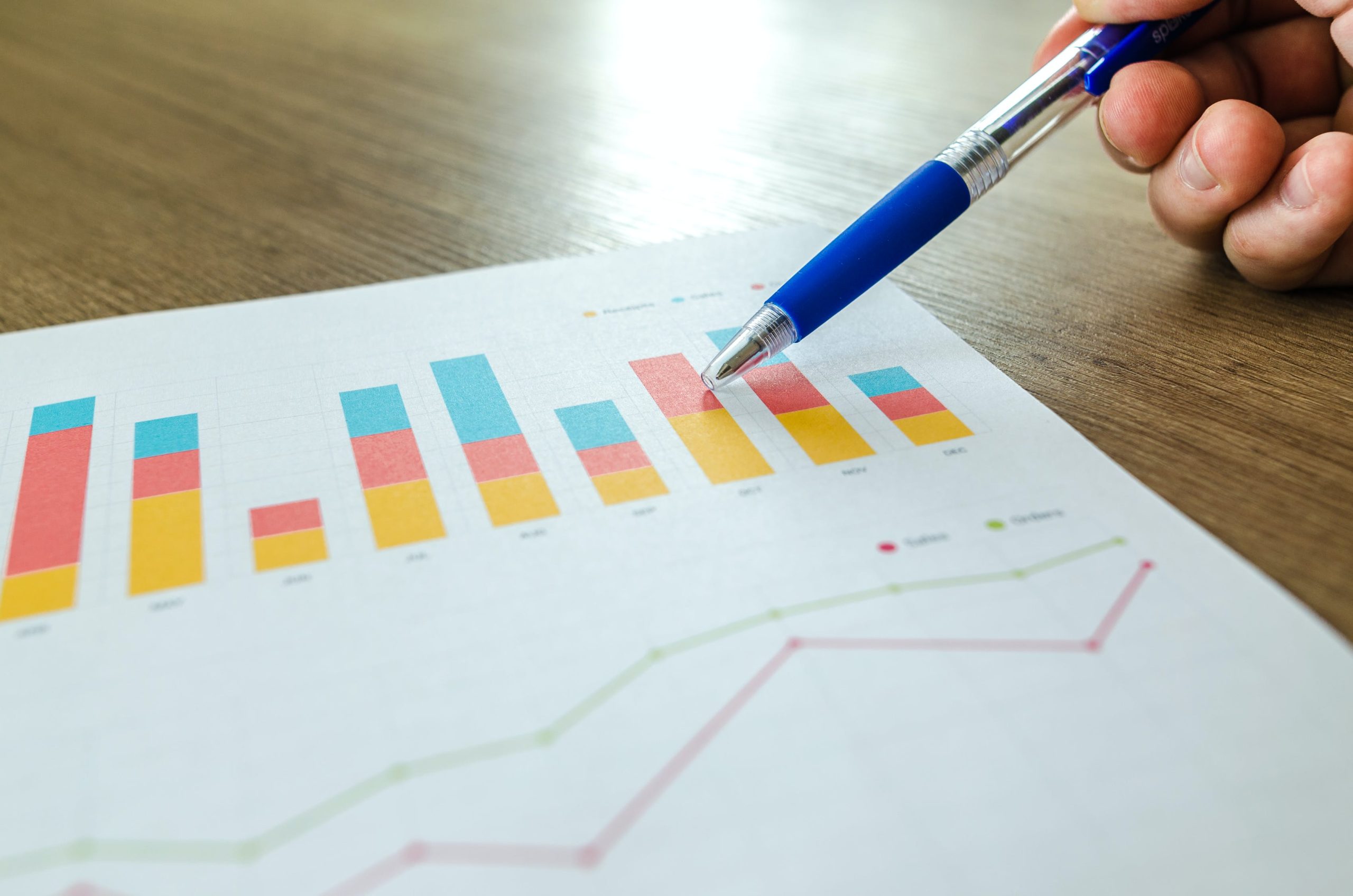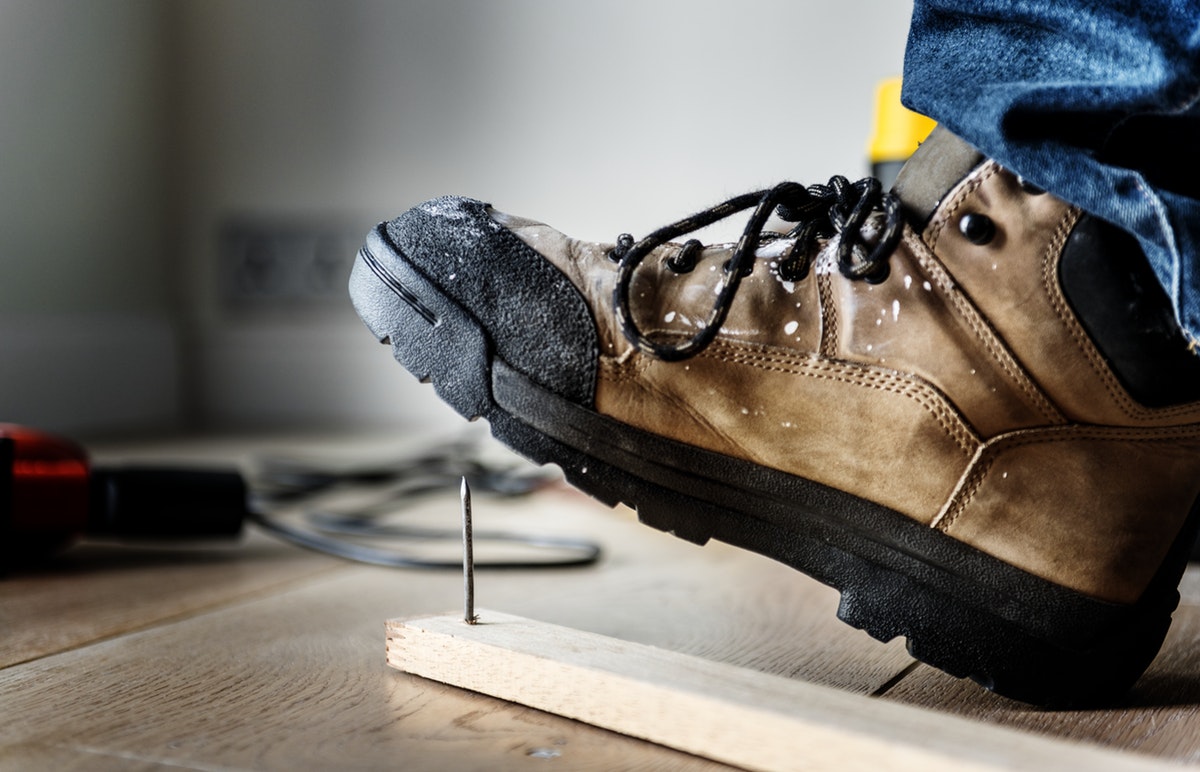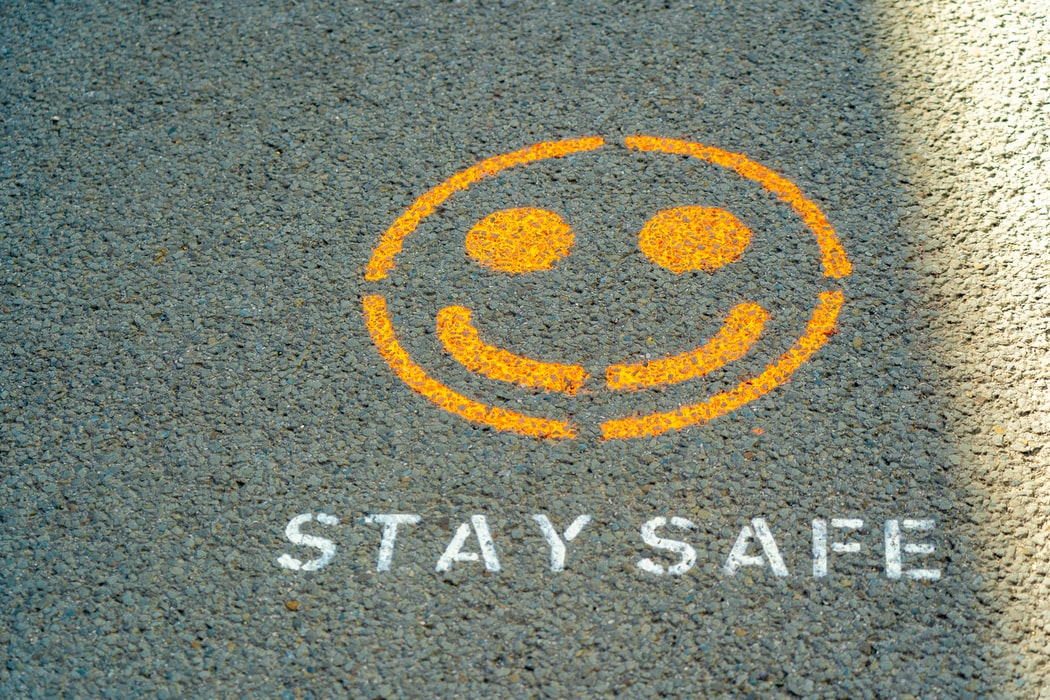BLOG
How to measure your health and safety performance in 2022 (and why it’s important)
Written on 22 December 2021

The importance of measurement is well understood in business. Financial measurement helps firms determine if their business model is viable, if profit margins are healthy.
Health and safety is an important aspect of business. While most firms recognise this, they often fail to measure health and safety performance in the same way as other functions. This is often because health and safety performance can’t simply be measured through a one-size fits all approach.
Why measure performance?
Without measuring health and safety performance, organisations won’t be able to tell if they are meeting the objectives and performance targets set out in their health and safety policy. You won’t be able to assess if things have improved or standards have slipped and, accordingly, you will miss opportunities to correct mistakes.
Without measuring financial performance, you would stand little chance of growing your business, particularly if you didn’t know whether you were making a profit or loss. It’s the same with health and safety management. Without measuring, you can’t take action.
Related Content
Do you need support?
Speak to us for an honest, no obligation chat on:
0345 226 8393 Lines are open 9am – 5pm
What gets measured gets done
Measuring will, for example, allow you to determine whether an implemented near miss reporting system is successful. Measuring near miss numbers will help you to gauge whether the system has been embraced by your workers. If you receive a lot of reports in the first month, and hardly any thereafter, it may mean that the issues have been resolved. On the other hand, it could be because your staff have lost interest. Under-reporting of near misses might require further training, involvement or improvements to either the system or how its perceived by staff.
Without measurement, how will you know if a particular activity is giving rise to a large number of near misses? How will you know if action is needed? Similarly, without measuring the actions taken as a result of the near misses, how accurate can any staff feedback be? How can the success of the system to prevent further near misses and accidents be determined?
Do your workers have a good perception of health and safety? Taking steps to measure how your staff view health and safety will help you identify areas for improvement. Of course, in developing a positive safety culture, you’re taking action.
Measurements also allow you to compare your performance against industry benchmarks and competitors. In so doing, you can better establish your strengths and weaknesses. Is more particular training needed? What percentage of workers have had refresher health and safety training? Are accidents declining or increasing? Do you have an under-reporting problem? What’s your lost time incident rate? Without measuring these metrics, taking the necessary action is difficult – you have no basis on which to trigger action.
Ultimately, measuring your health and safety performance across a number of areas gives you the data to provide the answers. You can then set targets and take action. This can form part of a ‘Plan-Do-Check-Act’ approach to managing health and safety.

How to measure
So how should you measure health and safety performance? Financial measurement is relatively easy to determine – you look at the cashflow in and out of your business. The bigger the profit, the better. However, because it’s usual to measure health and safety failings, you generally need to look for the opposite – the smaller the figure, the better. Ideally, you’re looking for zero accidents, zero ill-health cases and zero harm.
While there’s no single measure for good health and safety performance, the metric carrying the most weight is accident statistics. This ‘direct’ performance indicator is the usual tool for measuring health and safety success – albeit it’s paradoxically a measurement of failure. Even when you’re looking for higher numbers, such as ‘X’ days since the last accident, you’re still measuring failure – an accident occurring means there’s been a health and safety failing.
Measuring success
You shouldn’t just measure health and safety through accident statistics. Indeed, by the time poor performance is reflected in accident statistics, it’s too late for those injured and for your organisation’s reputation. Such ‘lagging’ indicators track events that have already occurred. While useful in identifying the causes of problems, the main issue with using lagging indicators alone is that they tell you about what’s happened, but not how good you are at preventing incidents and accidents.
To improve health and safety systems before things go wrong, you need to additionally measure ‘indirect’ indicators of success, such as health and safety training. Such ‘leading’ indicators can be used to predict outcomes, ideally to prevent incidents from occurring. Rather than the overall results, they monitor proactive strategies – the steps in a process that can result in a good health and safety record. A further example would be whether safety audits are occurring as they should.
A problem with leading indicators, though, is that certain metrics can be selected when it would be better to monitor more relevant ones. The indicator should ideally monitor the activity’s impact. For example, instead of simply tracking the frequency of safety training and the number of attendees, it would be better to measure the training session’s impact – by having a short test at the end of the session and recording the scores, or by monitoring whether its attendees subsequently follow the session’s learning objectives.
It’s vital that you implement not one but several indicator measures across your health and safety activities. In some form, measure each health and safety initiative and management activity. Otherwise, you won’t know how successful each initiative is or if there’s a problem.
Activities to consider
Success can be measured through a range of proactive health and safety metrics, such as:
- Health and safety inspections
- Reported near misses, incident and hazards
- Health and safety culture and engagement
- Training achievements / sessions completed
- Safety meetings attended by each employee / the time workers spend talking in meetings
- Good housekeeping
- Audits completed
- Time spent on your EHS management system
- Following of correct procedures
- Corrective actions completed.
For example, safety inspection scores could be based on the number of breaches or problems that need fixing. A site inspection could be scored at 90% after finding 10 fails out of 100 items covered – perhaps a sign was missing, an induction wasn’t carried out or someone didn’t have the right PPE.
If the next time that site’s inspected, it scores 95%, then you have a measured improvement. (Don’t forget to celebrate these improvements with your workforce, as this in itself can be a great driver of health and safety awareness and culture, and shows that the organisation takes health and safety seriously).
Measurement can be made through directly observing conditions and behaviour, by gathering information through questionnaires, meetings and reviews, and through facts and figures via examining written documents, records and reports.
However, there has to be a purpose to the measurement. Is it good or bad to get 15 reports of near miss reports in a month? That’s to say, before you start measuring, you need to consider:
- What outcome you want
- When you want to achieve this outcome
- How you will know when the outcome’s been achieved
- What result the outcome should produce
- How you will know that staff are doing what they should be doing.
By establishing baseline data (current performance) and setting goals or targets (how you want to perform), you can start taking action to improve your health and safety performance.
In order to improve standards in 2022, consider how you currently measure your performance and think about any ways you can strive to be better – set yourself some early New Year’s health and safety resolutions!
Manage and monitor health and safety simply with specialist support
If you’re keen to raise safety standards and improve your reporting capabilities in 2022, WorkNest’s personalised, fixed-fee Health & Safety support may be the perfect solution.
With dedicated consultant support, unlimited advice and annual audits, you can save time, reduce risk and stay compliant. And with our simple, secure risk management software, SafetyNest, you can turn time-consuming tasks into automated processes and monitor your risk status in real time. That way, you’re not left in the dark about how you’re performing and can quickly and proactively identify what action is needed, reducing the potential for an incident and giving you peace of mind.
For more information, call 0345 226 8293 or request your free consultation using the button below.









